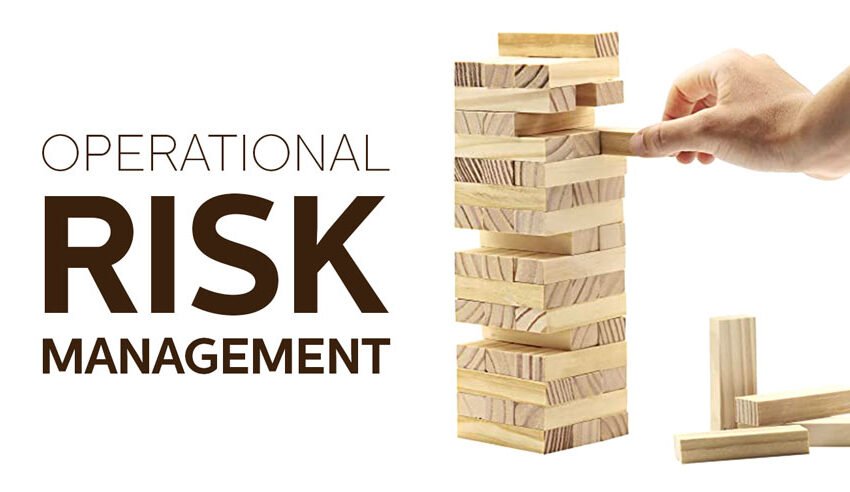Manufacturing: Top 5 Operational Risk Management Tips

In business, much like in life, risks are unavoidable.
Risk is inherent in everything we do, and that is why entire industries and enterprises are built on risk management. For example, insurance companies and casinos are predicated on the existence of risk and risk management.
What many business owners do not realize is that risks are constantly evolving. Risk levels can change, as can our perception of risk.
While risks change according to your industry and workplace, there are many common operational risks that business owners must be aware of. Operational resilience is rooted in risk management.
Below are the top five operational risk management tips to help businesses succeed:
1.Risk Identification
Operational risk management works in steps, and the first one is risk identification.
To prevent risks, your teams must first develop a system that helps identify things that might cause an error or hazard during a process.
Organize brainstorming sessions with key personnel to review historical data – the things that have gone wrong in the past will reoccur without proper intervention.
2.Risk Assessment
Once teams have identified the potential risks within your organization, the next step is to assess the potential impact and likelihood of each one.
Once that list has taken shape with process mapping, your teams can begin prioritizing those with the highest likelihood and severity and rank them.
The sole purpose of the risk assessment is to analyze how the risks may affect business operations and predict potential outcomes.
3.Risk Mitigation
Comprehensive risk management frameworks are the most trusted method of developing mitigation strategies and monitoring their efficacy.
The aim is to reduce operational risks throughout an organization’s day-to-day functions.
These include reducing risks that arise from procedures, employees, and outdated systems.
Risk mitigation can only be achieved through regular risk identification, assessment, measurement, and monitoring, among other things.
The goal of risk mitigation is to reduce or eliminate certain risks, particularly those related to safety and the potential losses that could arise from failed processes and procedures.
4.Risk Reporting
When creating risk assessment reports, the first thing to do is define the scope of the assessment.
Specify the risks, the methodology used to identify them, and the objectives of the report.
Create clear, actionable strategies and assign those to various team members so everyone is aware of their responsibilities. That will help to avoid any confusion.
5.Risk Management Evolution
As your business evolves, so will the risks. Risk assessment methods must remain effective, relevant, and concise. If they are not, the sooner they are adapted, the better.
To ensure continuous improvement and the evolution of your organization’s risk management, focus on regular audits and reviews to update risk assessment identification and assessment methods.
Leverage technology to develop training programs and establish a risk-awareness culture in your company.
Final Words
By implementing these five tips above, companies can expertly manage day-to-day operational risks and mitigate their impact.
Protect your business’s operations to achieve long-term success and create a competitive organization.





